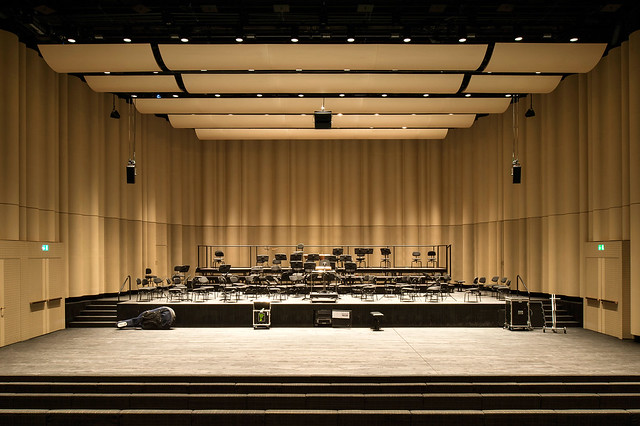Acustic Wall Panel: A Comprehensi Acustic Wall Panel ve Overview
Introduction:
The use of acoustic wall panels, also known as soundproofing materials, has become increasingly popular in various industries. These panels provide effective noise reduction and improve the overall acoustic quality of a space. In this article, we will delve into the manufacturing process, features, advantages Acustic Wall Panel , usage methods, tips for selecting these products and conclude with their significance.
Manufacturing Process:
Acoustic wall panels are typically composed of decibel-dampening sheeting or resonance-absorbing acoustic material. These materials are carefully selected to achieve optimal sound absorption properties. One common type of panel is the echo-reducing panel which effectively minimizes reverberations in a room. Another variety includes sound-blocking cladding that provides excellent protecti wood slat acoustic panels on against external noise pollution.
Features and Advantages:
One notable feature of acoustic wall panels is their ability to enhance speech intelligibility by reducing background noise levels. Additionally, they prevent unwanted echoes or reflections within a given space. Moreover, these panels Resonance-absorbing acoustic material play an integral role in minimizing transmission loss between adjacent areas.
Furthermore, another advantage lies in their versatility – acoustical wood panels can offer aesthetic appeal while delivering impressive soundproofing capabilities. They seamlessly blend into various environments such as offices or auditoriums without compromising on style.
Usage Methods:
Acoustic wall panels can be used in Decibel-dampening sheeting diverse settings like conference rooms, recording studios; home theaters as well as residential spaces such as living rooms and bedrooms where privacy is paramount.
To maximize effectiveness when using these panels one should consider placing them strategically around the room’ Echo-reducing panel s perimeter to minimize standing waves and flutter echoes significantly.
Tips for Selecting Acustic Wall Panels:
1) Evaluate Soundproofing Requirements: Assess the level of noise control needed for your specific application before opting for any particular type of panel.
2) Consider Material Quality: Choose high-quality decibel-dampening Acoustic Wood Panel sheeting or resonance-absorbing materials that guarantee long-lasting

performance.
3) Customization Options: Check if the panels can be customized to suit your design preferences and seamlessly integrate into the existing aesthetics of your space.
4) Installation Ease: Select panels that are easy to install, ensuring a hassle-free experience.
Conclusion:
In conclusion, acoustic wall panels offer significant benef Acustic Wall Panel its in terms of noise reduction and soundproofing. The manufacturing process ensures optimum performance by utilizing decibel-dampening sheeting or resonance-absorbing materials. Their usage methods cater to various environments while optimizing speech intelligibility and minimizing unwanted echoes Acoustic Wood Panel .
When selecting acustic wall panels for your space, keep in mind factors such as customization options, material quality, and ease of installation. By carefully considering these aspects one can enjoy improved acoustics and create a tranquil environment free from unnecessary noise pollution.



